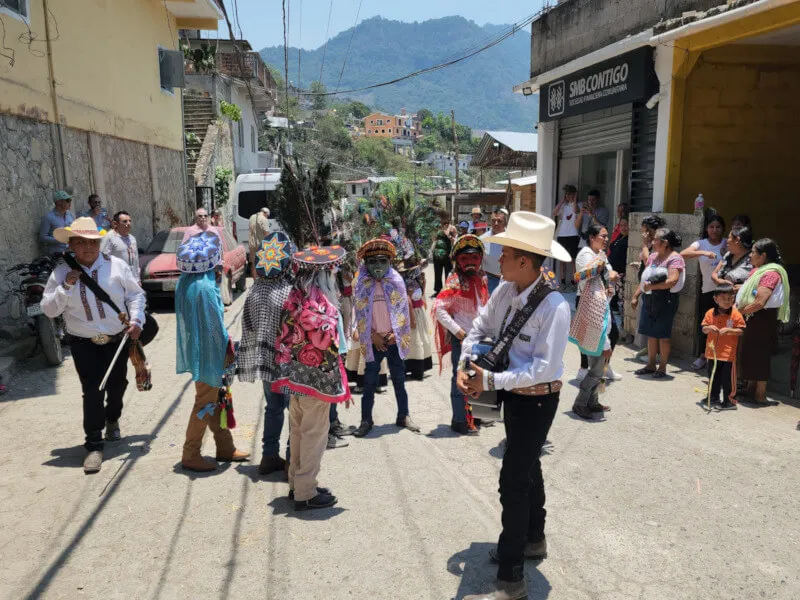
Interledger Summit Workshop Week
Written by Vineel R. PindiLessons from Mexico’s Rural Financial Systems
“We spend a lot of time designing the bridge, but not enough time thinking about the people who are crossing it.”
This idea stayed with us as we journeyed through the mountains of Pahuatlán, Mexico, during the Interledger Foundation’s Summit Program Committee workshop. A group of technologists, grant makers, community builders, and open-source advocates came together to explore the roots of community finance and what it means to build digital financial systems with people at the centre.
Collective Resilience:
In many rural and underserved regions, finance is about collective resilience. Families save together. Communities pool resources to help one another through harvest season, medical emergencies, or educational needs. Remittances are sent from abroad to provide financial support for family members and loved ones back home.
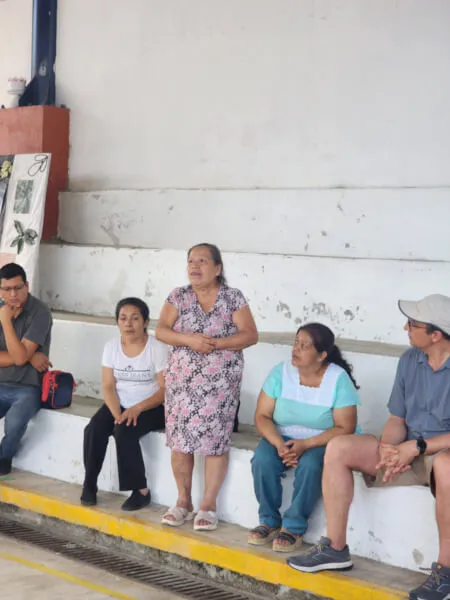
Siloed Financial Networks
Today’s digital financial systems are optimized for scale, not complexity. They often ignore the informal, trust-based networks that sustain billions of people. These systems are:
- Fragmented: Lacking interoperability across platforms and borders.
- Exclusionary: Designed for formal identities, leaving out those with limited documentation.
- Inflexible: Misaligned with how people actually share, save, and support each other in communities.
These barriers exclude billions of people from meaningful financial participation, reinforcing economic divides and restricting growth opportunities. While commerce operates on a global scale, financial systems must account for the deeply local nature of people’s lives to avoid leaving entire populations behind.
The Living Rituals of Finance
In Mexico, we met with our partner, the Mexican Association of Credit Unions of the Social Sector (AMUCSS)—a nonprofit building community-rooted financial infrastructure through rural credit unions, microbanks, and cooperatives. Throughout the week, we met their community bankers. Their work is based not just on efficiency, but on trust and addressing the needs of the local people’s lives.
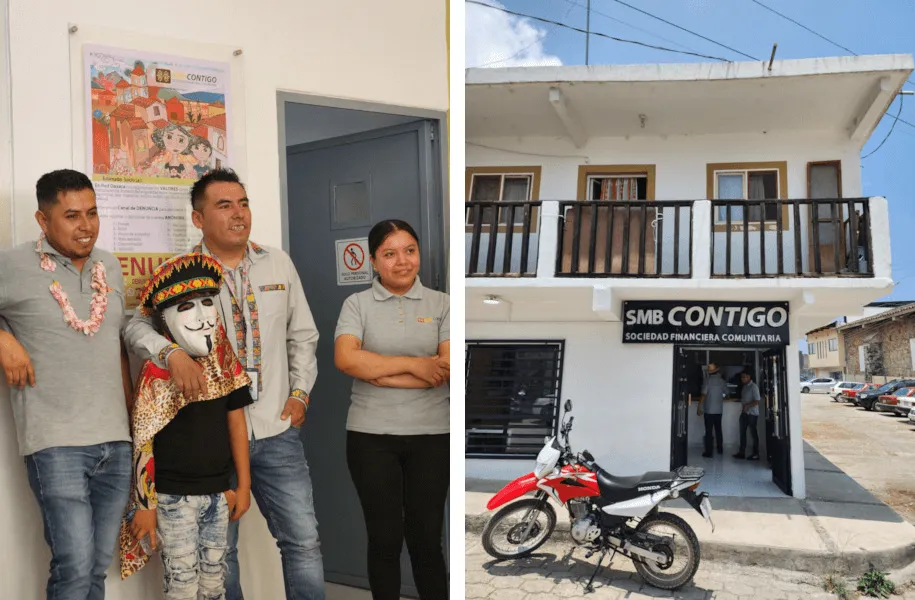
In San Pablito, we visited the Agua Negra Amate Paper Workshop. This craft, dating back centuries, begins with the respectful harvesting of bark from sacred trees. It’s soaked, boiled with lime and ash, hand-pounded, and shaped into paper. The sheets are then cut by a healer into symbolic figures, and ultimately offered back to the mountains in a ritual of gratitude. A cycle of respect, contribution, and continuity.
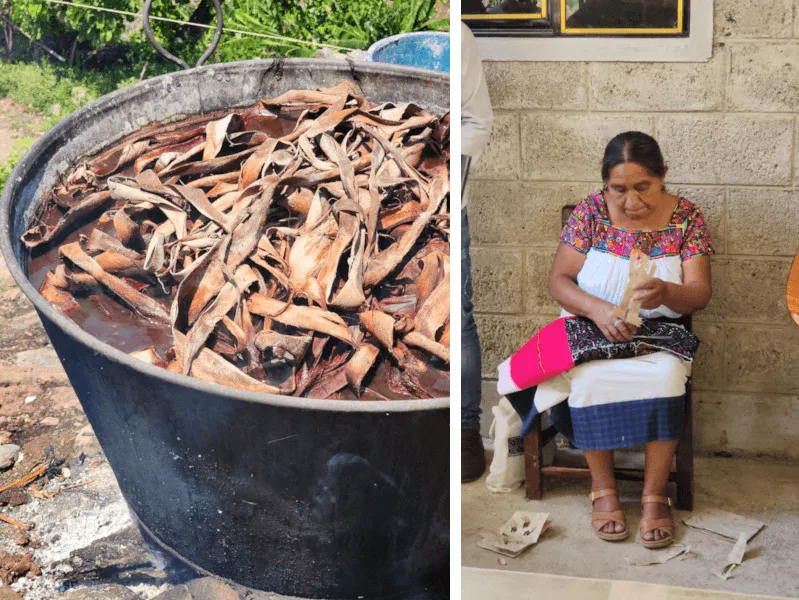
Open Source as Ritual
The process of making Amate paper mirrors something deeply familiar to those of us in the open-source world.
Open source is a modern ritual. It doesn’t survive through ownership, but through repetition and shared stewardship. It is carried forward by communities. Like rituals, it encodes memory. It builds trust. It continues because people care enough to sustain it.
When we discuss building financial systems with open standards and protocols, we are designing the people’s code.
From Immersion to Infrastructure
We were in Mexico to listen. To Learn. To feel. To reflect.
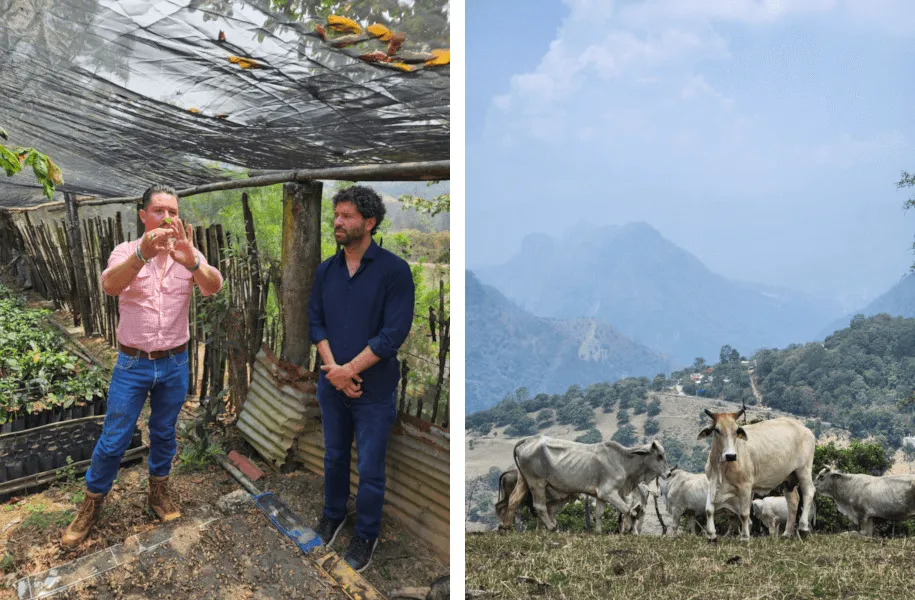
One powerful moment was learning that some rural communities must drive three hours, one way, just to check a bank balance. The opportunity cost is enormous: food, fuel, and time off work.
Predatory lenders exploit these gaps in rural communities, where interest rates exceed 500%.
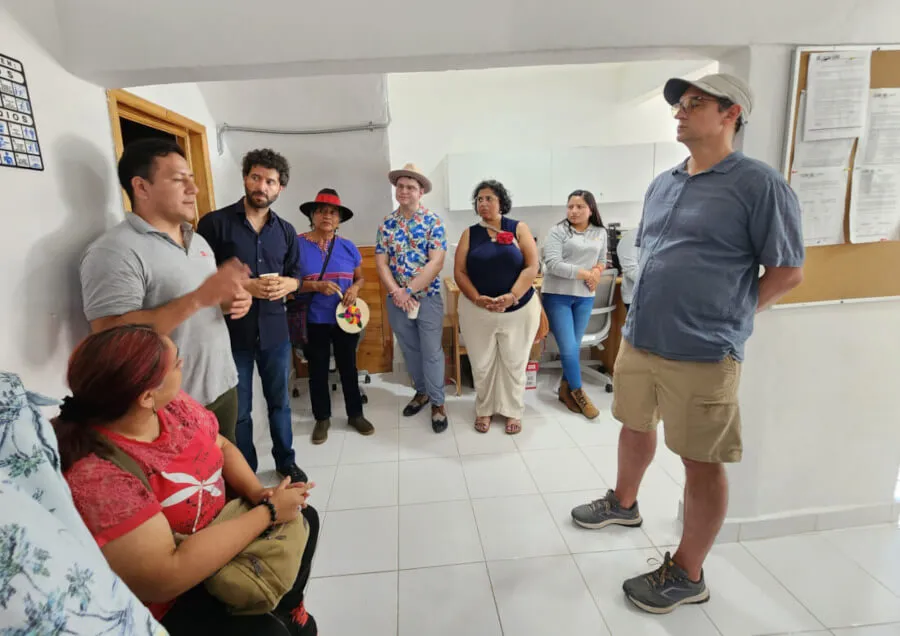
This is where our work intersects: Building the Internet of Opportunity: Unlocking Financial Connectivity.
People’s Clearinghouse (PCH) and the Mexican Association of Social Sector Credit Unions (AMUCSS) have entered into a new phase of development with the Interledger Protocol (ILP) to advance digital financial inclusion. This has been made possible through additional funding by the Interledger Foundation, supporting their mission of building equity and inclusion within a global interoperable payments network. Working together to build digital financial systems that are:
- Open: Using free and open-source technology.
- Interoperable: Bridging local and global payments.
- Contextual: Reflecting the social memory and economic practices of real communities.
Why Mexico?
Interledger Summit 2025 will take place in the heart of Mexico City—one of the world’s most dynamic and culturally rich capitals. Mexico City is at the forefront of digital financial innovation. Through regulatory advancements and by embracing open payment technology, it is expanding access to financial services. This event will bring together global leaders in Open Payments, technology, and financial inclusion to explore how interoperable payment networks can expand access and opportunity.
With a rapidly growing ecosystem of startups, financial institutions, and government-backed initiatives, the city is shaping the future of interoperable payments and next-generation financial infrastructure in Latin America.
Book your Ticket to the Interledger Summit 2025 here.
What’s Next
We left with more questions than answers, but also with powerful insights into the importance of community-centred financial systems.
From the streets of Pahuatlán to the hills of San Pablito, the warmth, wisdom, and resilience of the people we met challenged our assumptions and expanded our understanding of what digital infrastructure can and should do.
As we move toward the Interledger Summit, these experiences will directly shape the agenda. The programming will be locally rooted and globally resonant, aligning with the mission, vision, and values of the Interledger Foundation.
An emerging idea that threads through many of our conversations is the concept of “lived experiences”. Together, we’ll co-create a Summit that doesn’t just showcase innovation, but invites participation to experience the lived truths that shape financial inclusion in a shared future.

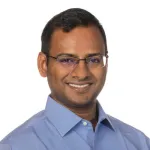
Vineel has spent the last 12 years in community building and user engagement across Technology and Creator ecosystems. With a background in Community Strategy and Advocacy, he helped build global programs, campaigns, and events.